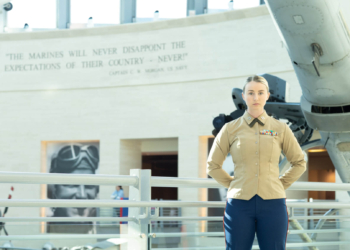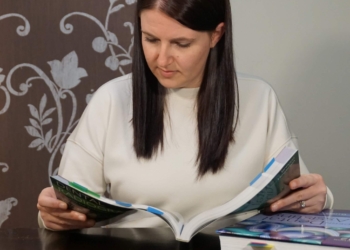I am working at my desk, but my desk is hidden beneath a mound of clutter. My desktop could serve as the setting for the “I spy” hidden object game: “I see with my little eye something beginning with the letter…” Covering the workspace are folders, a coffee mug, voice recorder, stapler, pen, eyeglass case, travel journal (from a trip three months ago) and piles of paper. Lots of piles.
Sound familiar?
Organization expert Craig Jarrow, a Navy veteran and blogger at TimeManagementNinja.com, argues most people with messy desks fool themselves into believing clutter equals organized chaos. “One of my favorite phrases is ‘piles are not productivity,’” he explains. “I don’t care how many piles you have or where you think you put everything. If you had to find something quickly, you’re not going to be able to find it.”
Anyone who has searched for an overdue bill, important email or misplaced document knows disorganization is the ultimate time waster. Organization produces the opposite effect.
“Organization leads and breeds productivity,” Jarrow maintains. “It lets you get more done easier and quicker. Having a clean desk is a start of that because you have a place to work and you do creative work without drowning in other things.”
While there is no “golden ticket” ensuring a transformation from pile-maker to purger, Jarrow says keeping a desk spic-and-span can be achieved using “a lot of simple tactics.”
Office clutter
Office organization extends to the contents of drawers and closets as well.
“Drawers are meant to store things,” Jarrow says. “Not to be piles themselves. Ask yourself: Are your drawers being used as drawers? Are closets being used as closets? Or are you hiding stuff in them? Your organizational system, whether drawers, files or cabinets, only works if you are using it as you intended to. It doesn’t work if it is another pile.”
Kammie Lisensby, CEO of Seattle-based The Organizing Experts, insists a trip to the office supply store is not the solution to a disorganized desk.
“We are inundated with consumerism. I think less is more. If you always start decluttering with the mindset of what one thing, digital or physical, can I eliminate from this space, you won’t require a fancy organizing system or $40 plastic box,” explains Lisensby, who credits her mother’s service in the Army National Guard for the well-organized home in which she was raised. She says her mother had “a gift for creating an environment that was efficient but also beautiful using exactly what you had.”
For military spouses with portable careers, a home office often doubles as a workspace. Yet working from home can present unique challenges and distractions.
“If you go to the kitchen and the dishes aren’t done or something isn’t put away or you see something that reminds you about what you need to make for dinner, you completely lose your train of thought,” Lisensby notes. “It is nice to get distracted some times and say I’m just going to do a load of laundry or these dishes.”
In her own home office, Lisenby begins each day with everything she might need – beverages, snacks, even a warm blanket – within arm’s reach. “If you have everything to be successful right there at your desk and you’re comfortable, you keep that intention of focused time for yourself and being more efficient at your desk,” she says.
Virtual clutter
When tidying up an office space, turn a critical eye toward your computer.
“The computer is the ultimate hidden pile because you can’t see everything you’ve put in there,” Jarrow says. “We need more discipline around our virtual clutter and where we organize our virtual files.”
Staying on top of clutter, whether virtual or physical, is key.
“If you are not taking clutter out of your life, it is going to overflow,” Jarrow says. “It’s like a boat with a leak in it. If you aren’t bailing water out as fast as it comes in, it’s going to overflow. That’s what happens to a lot of people’s work spaces.”
Jarrow believes “containerizing” desk items such as pens, extension cords or other office supplies is one way to keep messiness in check. So is ridding your office of unneeded original documents and papers that could be photographed or scanned and stored digitally.
“Once upon a time there were originals you had to keep,” he says. “Today, most things can be put into the cloud. Most of the paper we keep in the house doesn’t need to be there anymore.”
Read comments






































